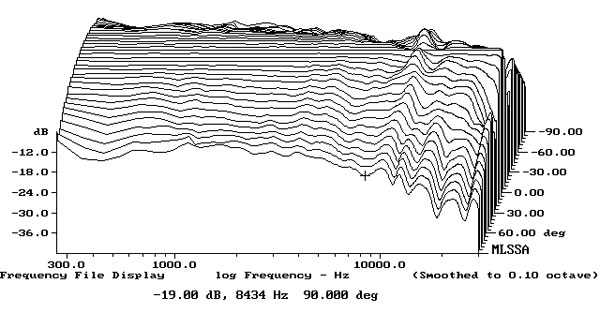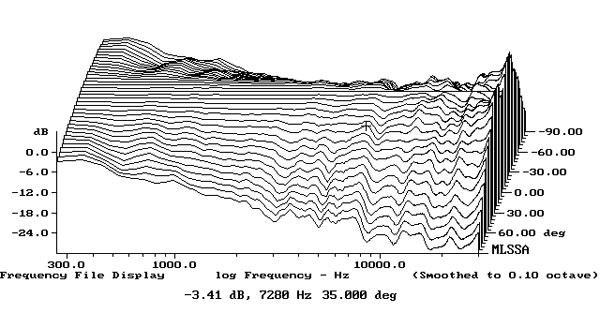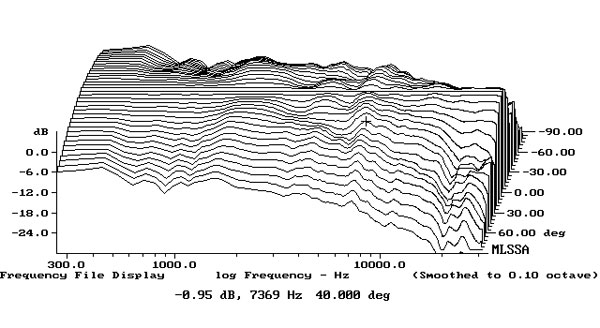Hephaestus
Active Member
I transferred my 8341 pair into our TV corner. They sit now on top of a sideboard and TV is in the middle. Right speaker is in the corner.
GLM4 results here. Subjectively so good that I am not going to manually fiddle with filters. Speakers are connected into TV headphone socket with 3.5mm to XLR cable. ISS takes care of auto on/standby. TV remote controls volume - not SOTA solution (adds DA-AD conversion at unknown quality). No lipsync issues.


Acoustically very challenging position but I hope to showcase that active speakers with built in DSP can give you pleasing results with simple setup in such places.
GLM4 results here. Subjectively so good that I am not going to manually fiddle with filters. Speakers are connected into TV headphone socket with 3.5mm to XLR cable. ISS takes care of auto on/standby. TV remote controls volume - not SOTA solution (adds DA-AD conversion at unknown quality). No lipsync issues.
Acoustically very challenging position but I hope to showcase that active speakers with built in DSP can give you pleasing results with simple setup in such places.



